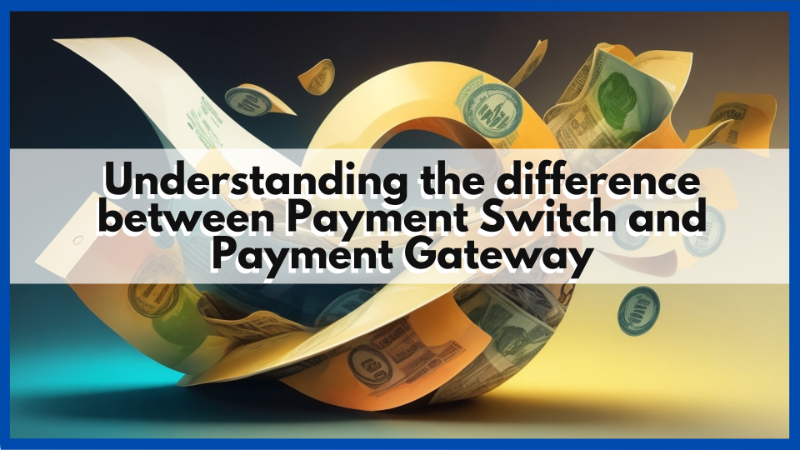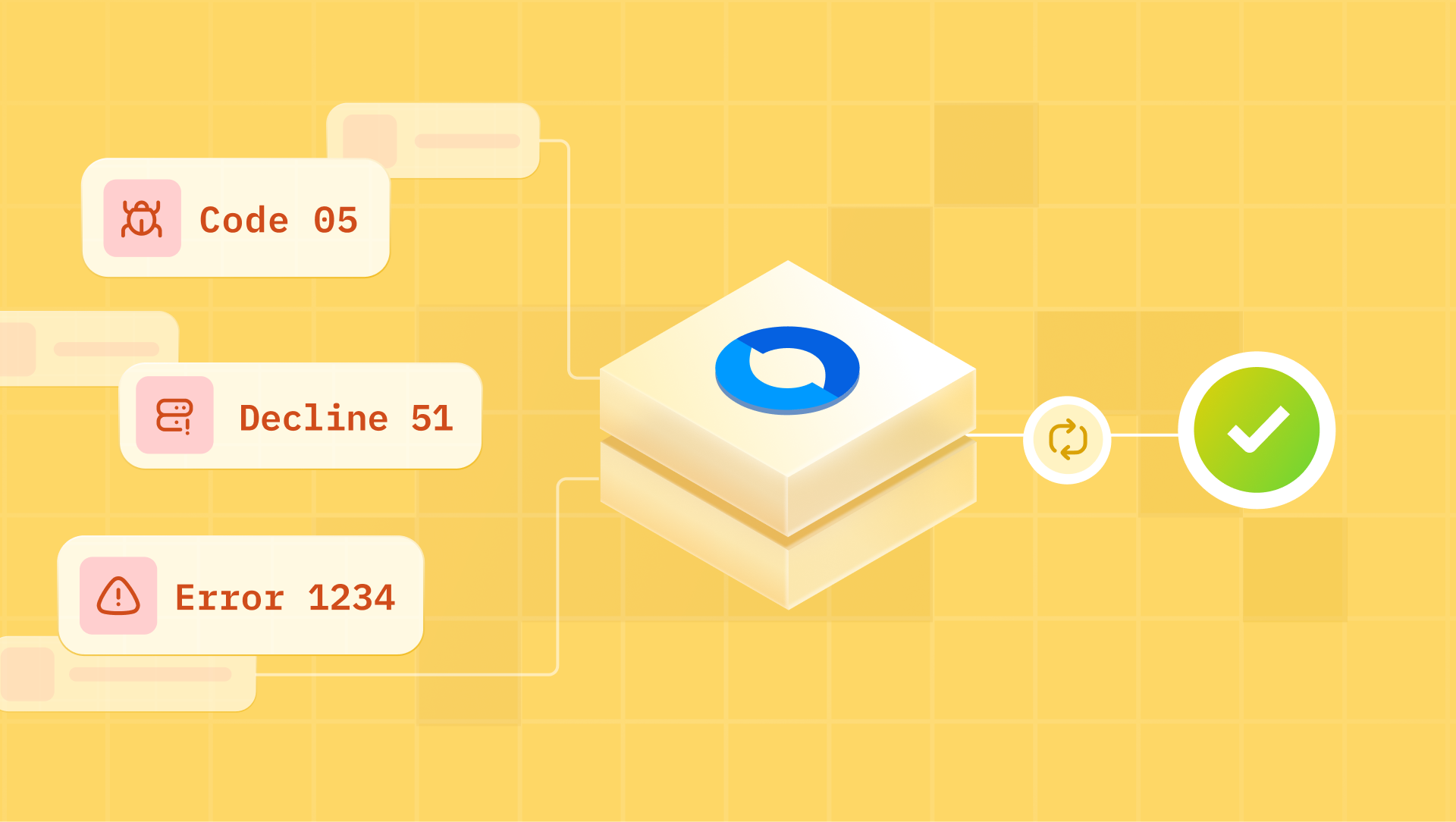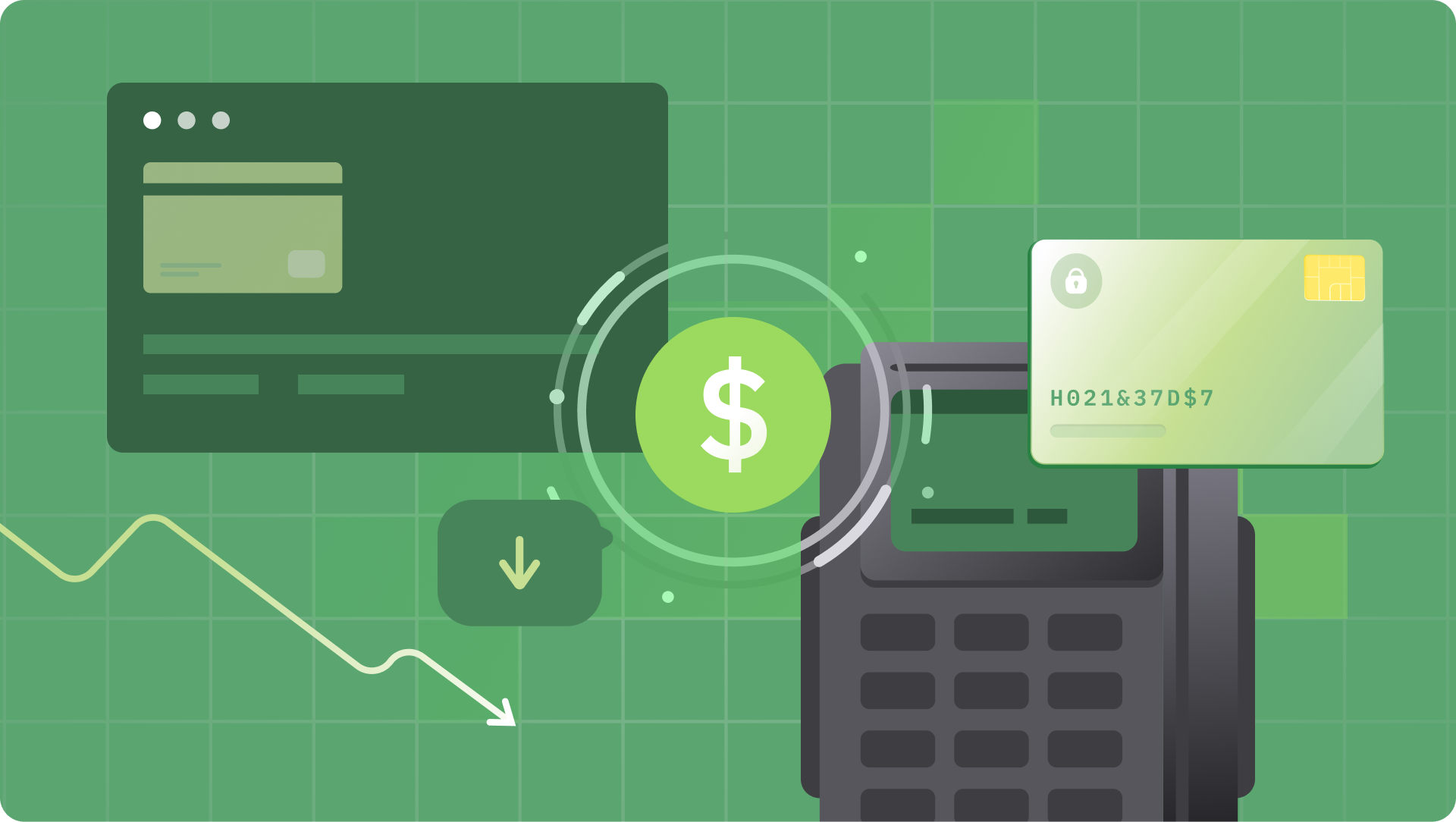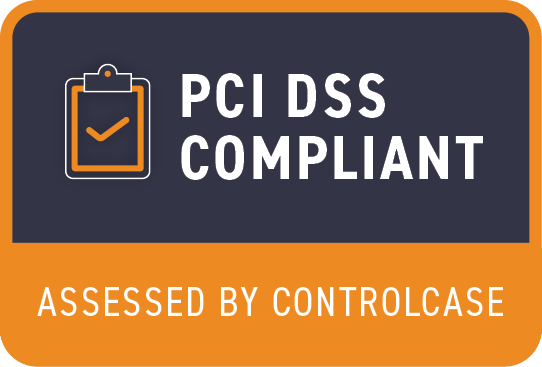Understanding the intricacies of payment systems is crucial for businesses and consumers alike. Indeed making payments today are a click away but there are many things happening behind, many stakeholders in the process. Two key players in the payment process are payment switches and payment gateways. In this blog post, we will delve into the details of each, highlighting their roles and drawing distinctions to help you make informed choices for your payment needs.
The Payment Process
- Customer Initiation:
- Stakeholder: Customer
- The customer initiates the payment process by selecting products or services and providing payment details on the merchant's platform.
- Encryption and Transmission:
- Stakeholder: Payment Gateway
- The payment gateway comes into play, encrypting sensitive information such as credit card details to ensure secure transmission over the internet.
- Authorization and Processing:
- Stakeholder: Payment Processor
- The authorized transaction details are sent to the payment processor, which verifies the validity of the payment method and checks the availability of funds for processing.
- Routing with Continuous Involvement of Payment Switch:
- Stakeholder: Payment Switch
- The payment switch continuously orchestrates the flow of the transaction, directing it to the relevant payment processor and facilitating seamless communication between the customer, merchant, and financial institution.
- Confirmation and Settlement:
- Stakeholders: Customer, Merchant, Payment Processor
- Once authorized and processed, the transaction is confirmed. Settlement involves the transfer of funds from the customer's account to the merchant's account, completing the payment process. All stakeholders, including the customer, merchant, payment processor, and payment switch, play crucial roles in ensuring a successful and secure transaction.
Let's understand some of its stakeholders in detail.
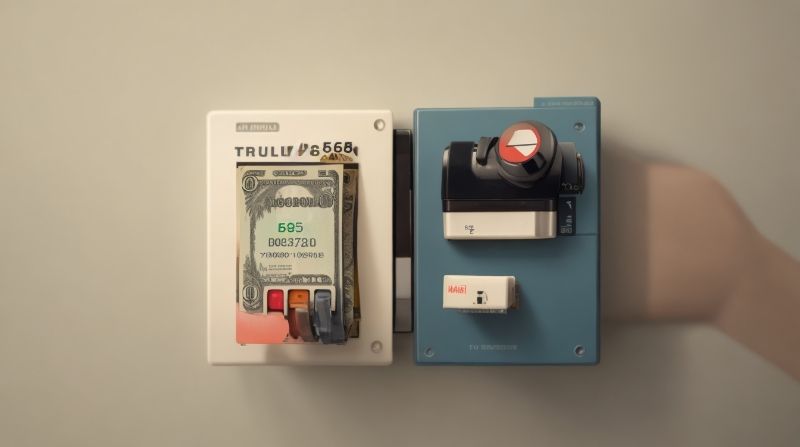
What is a Payment Switch?
At its core, a payment switch is a pivotal component in the payment ecosystem. Think of it as the conductor orchestrating the symphony of transactions. The primary function of a payment switch is to route transaction requests from the point of initiation to the appropriate destination. It acts as a central hub, connecting various payment processors facilitating payment methods across geographies.
The payment switch plays a crucial role in ensuring the seamless flow of information between the customer, the merchant, and the financial institution. It improves visibility over the authorization, clearing, and settlement processes, facilitating secure and efficient transactions.
What is a Payment Gateway?
Now, let's shift our focus to the payment gateway. Unlike the payment switch, which operates behind the scenes, the payment gateway is the customer-facing element of the payment process. It is the digital equivalent of a cashier at a brick-and-mortar store, handling the transaction from the customer's end.
In essence, a payment gateway is the bridge between the merchant's website or application and the payment processor. It encrypts sensitive information, such as credit card details, ensuring secure transmission over the internet. Once the information is encrypted, the payment gateway sends the transaction details to the payment processor for further authorization and processing.
Difference Between Payment Gateway and Payment Switch
To better grasp the disparities between a payment switch and a payment gateway, let's break down their differences in a concise table:
| Criteria | Payment Switch | Payment Gateway |
| Functionality | Manages the routing of transaction requests | Facilitates the secure transmission of customer information |
| Visibility | Operates behind the scenes, invisible to customers | Customer-facing, visible during the payment process |
| Role | Orchestrates the transaction flow | Handles encryption and interaction with customers |
| Components Connected | Connects various channels and payment processors | Links the merchant's website or app with the payment processor |
Understanding these distinctions is pivotal, as both components are essential cogs in the wheel of digital transactions. While the payment switch focuses on the backend processes, ensuring transactions are directed appropriately, the payment gateway takes center stage in securing and managing customer interactions.
Which is Better: Switch or Gateway?
To understand their harmonious interplay, envision the payment gateway as the railway track and the payment switch as the railroad switch determining the train routes. Just as the railroad switch directs trains to their designated destinations, the payment switch guides the transaction process seamlessly to the correct acquirer’s realm.
Now that we have a clearer understanding of the roles each plays, the question arises: which is better, a payment switch or a payment gateway? The reality is, it's not a matter of one being superior to the other; rather, they complement each other in the payment ecosystem.
This collaborative sync ensures that the payment gateway swiftly processes over a million transactions in a fraction of a second, a testament to the agility and efficiency facilitated by the flexible payment switch. Together, they create a synchronized and dynamic transaction experience, where speed, security, and precision are the guiding principles of this intricate payment ballet.
As businesses navigate the complexities of online transactions, the key lies in recognizing the symbiotic relationship between payment switches and payment gateways. By embracing both and leveraging their unique strengths, businesses can create a seamless and secure payment experience for their customers.
FAQ's
Are Payment Switches and Payment Gateways Interchangeable?
No, payment switches and payment gateways serve distinct roles in the payment process. While a payment switch manages the routing of transactions, a payment gateway focuses on securing and facilitating customer interactions. Both are essential for a well-rounded payment system.
How Do Payment Gateways Ensure Security?
Payment gateways employ encryption protocols to secure sensitive customer information during transmission. This encryption, often in the form of SSL (Secure Sockets Layer) technology, safeguards data from potential cyber threats, ensuring a secure and trustworthy payment process.

